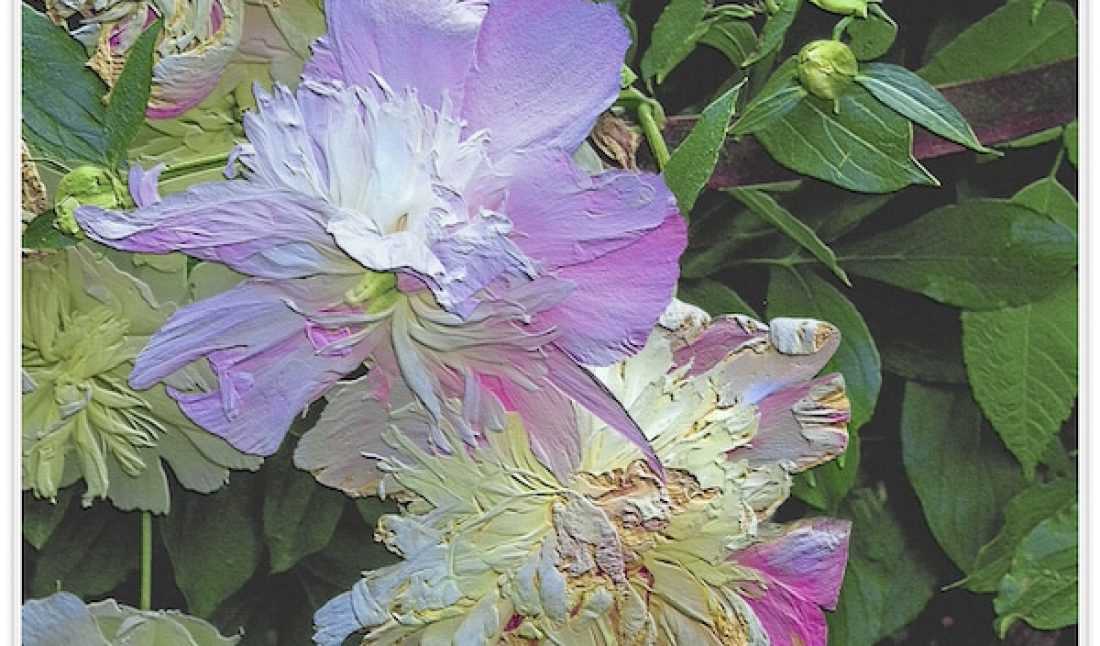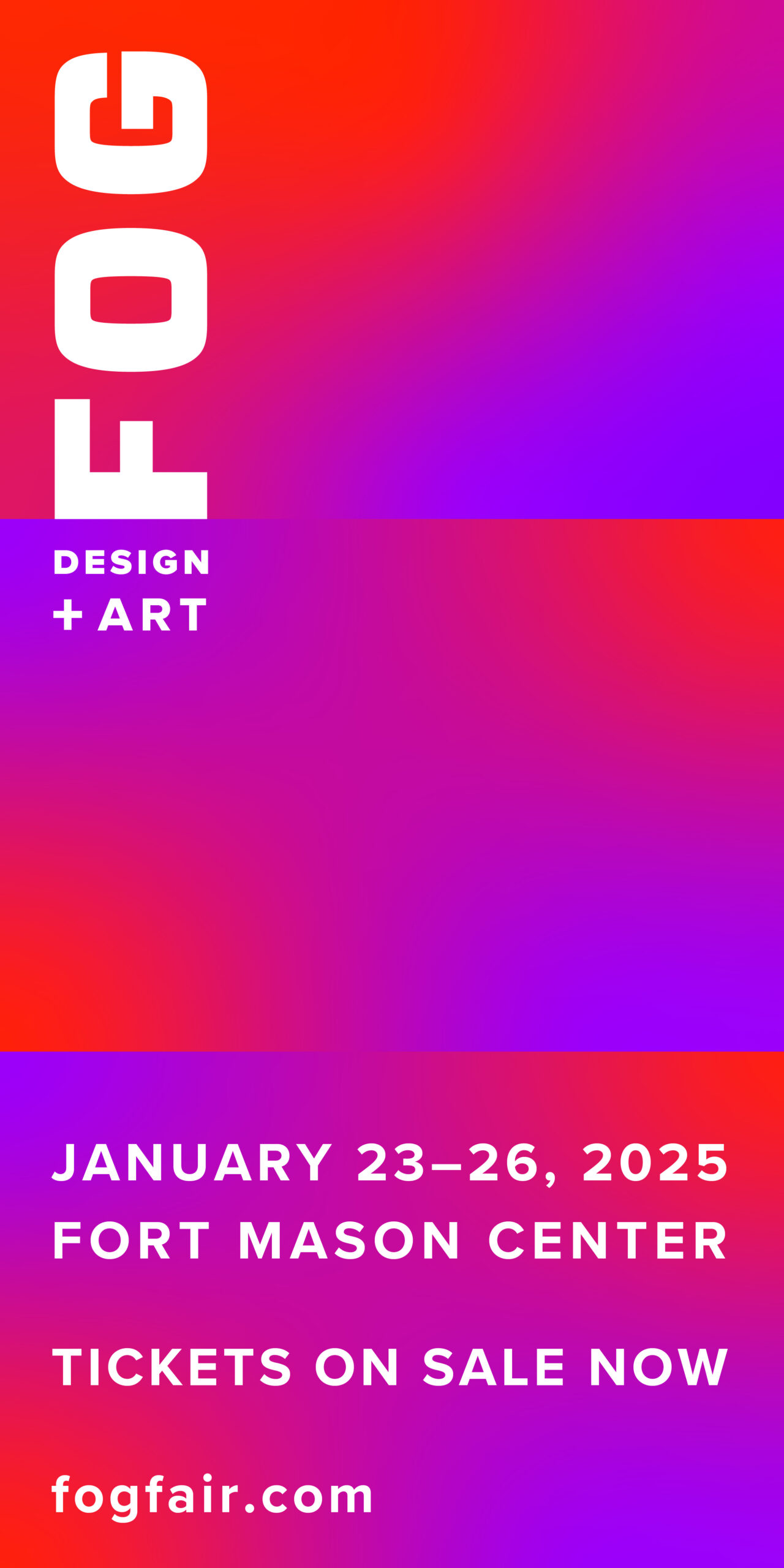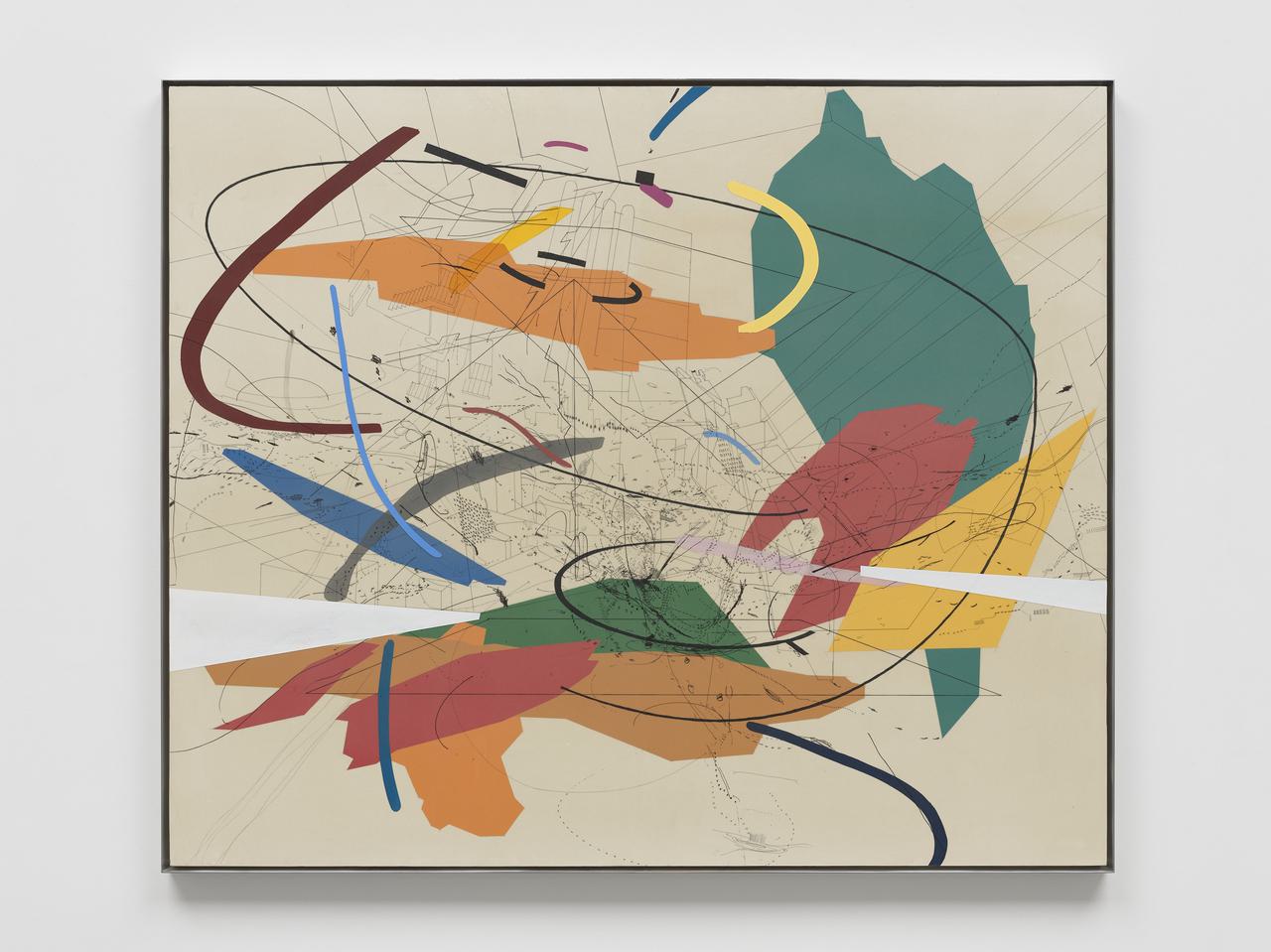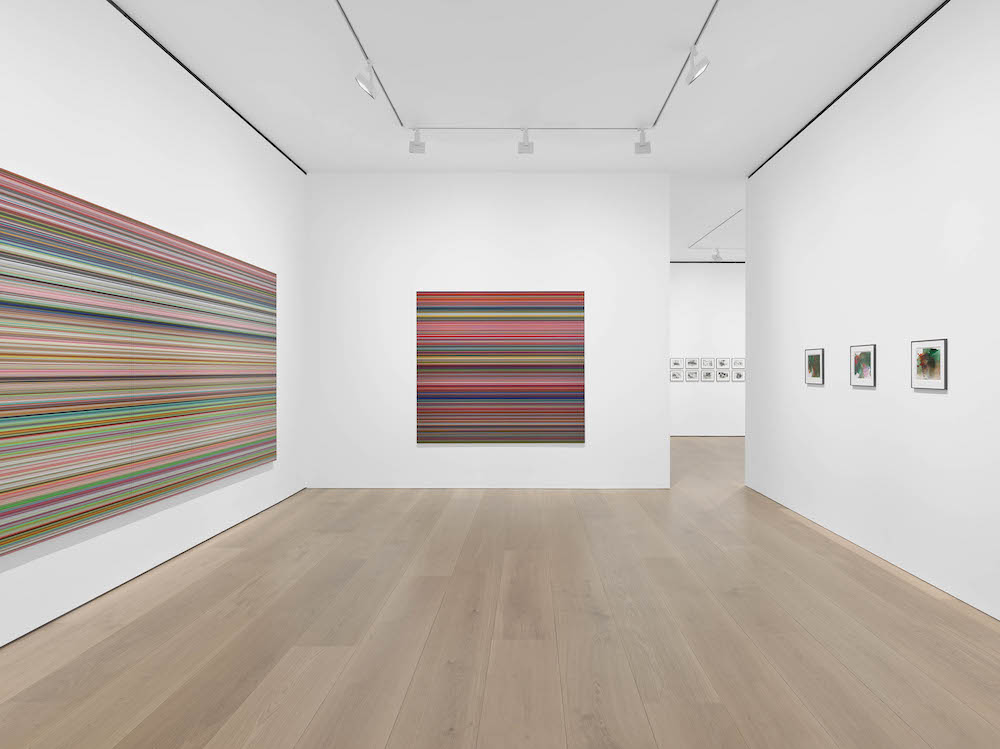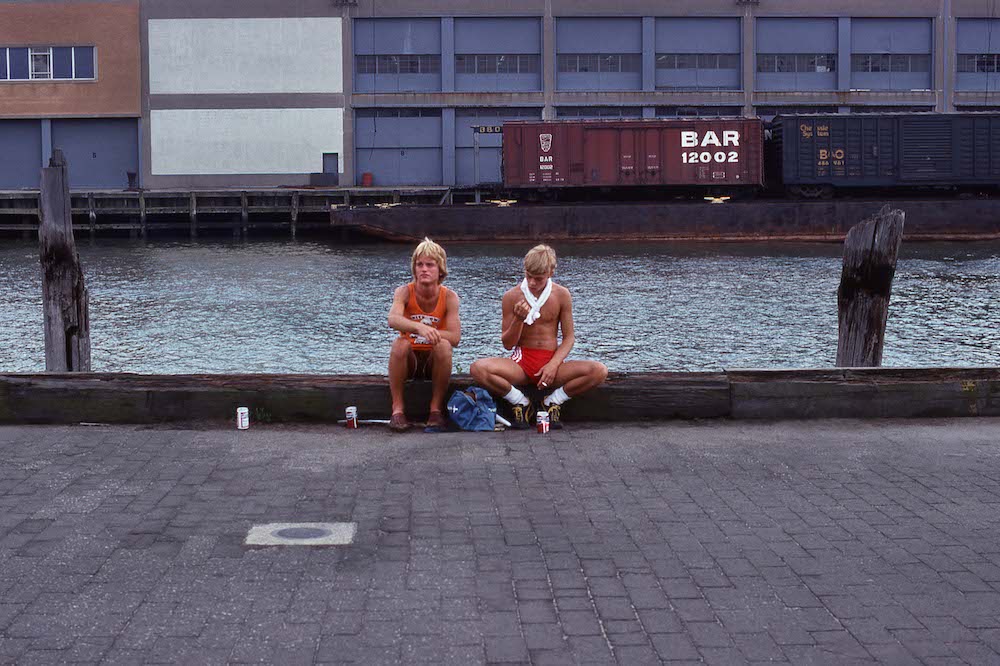James Welling’s “Thought Objects” opens at David Zwirner in New York
Few photographers have the same aptitude for experimentation and curiosity about the world as James Welling. For more than five decades, Welling has committed to the camera as his primary tool for artmaking. With a keen understanding of both analog and digital processes that span the entire history of photography, he has consistently pushed against the limits of what is possible with this malleable and sometimes hard-to-define medium. Technically complex and conceptually layered, every single image Welling has produced comes with an intriguing explanation of how it came into existence.
It would be a challenge to try and define Welling’s oeuvre or style; though certain themes and subjects reappear throughout the artist’s many series, his approach is constantly evolving. Given his fascinating and constantly changing approach to artmaking, it’s no surprise he’s been the subject of many solo museum shows throughout his career, most recently at Kunsthalle Bielefeld (with Thomas Ruff), Sprengel Museum, Musée des Arts Contemporains Grand-Hornu, Halle Für Kunst Steiermark, and the George Eastman Museum. A source of inspiration for younger artists, Welling continues to assert himself as one of the most important photographers living and working today.
Ahead of his 10th exhibition at David Zwirner in New York, “Thought Objects,” on view through February 10, 2024, Whitewall spoke with the artist about his new photographs on view, inspirations behind the show’s genesis, and some of the invisible technical complexities behind the creation of these works.
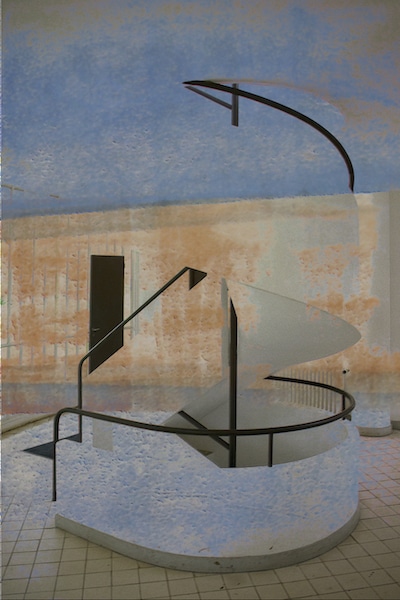 James Welling, “Staircase, Villa Savoye,” 2020/2022; © James Welling, courtesy of the artist and David Zwirner.
James Welling, “Staircase, Villa Savoye,” 2020/2022; © James Welling, courtesy of the artist and David Zwirner.
WHITEWALL: Can you tell us about the title of the exhibition? How and when during the process of conceiving of the show did you solidify this?
JAMES WELLING: I take the title “Thought Objects” from the seventh and last iteration of Just Another Asshole, the shapeshifting magazine that musician Glenn Branca and photographer Barbara Ess published. Branca and Ess’s “Thought Objects” came out in 1987 and included photographs by 125 artists with essays and texts by Carol Squires and Lynne Tillman and others. To my mind, the phrase “thought objects” conjures intelligence and thoughtfulness, longstanding integrals to my work. The wide compass of subjects and locations of “Thought Objects” echos the last 30 years of my work: the varied subjects in “Light Sources” (1992-2001), the chromatic experiments with modernist architecture in “Glass House” (2006-10), and the layered imagery of “Choreograph” (2014-20) are all at play in the series “Thought Objects.”
WW: Did you approach the creation of each new photograph in this show differently? I’m curious if there is a consistent starting point for each work in this series.
JW: The show has three overlapping foci: “Collages,” “Texture Photographs,” and “Equidensity Photographs.” The “Collages” began during COVID. Unable to travel, I went through my digital camera cards with an eye toward making composite images. I ended up with about 30 works; each collage takes multiple views of one or two locations and assembles them in a single photograph. The Battery is an example of two locations—Manhattan and New Rochelle.
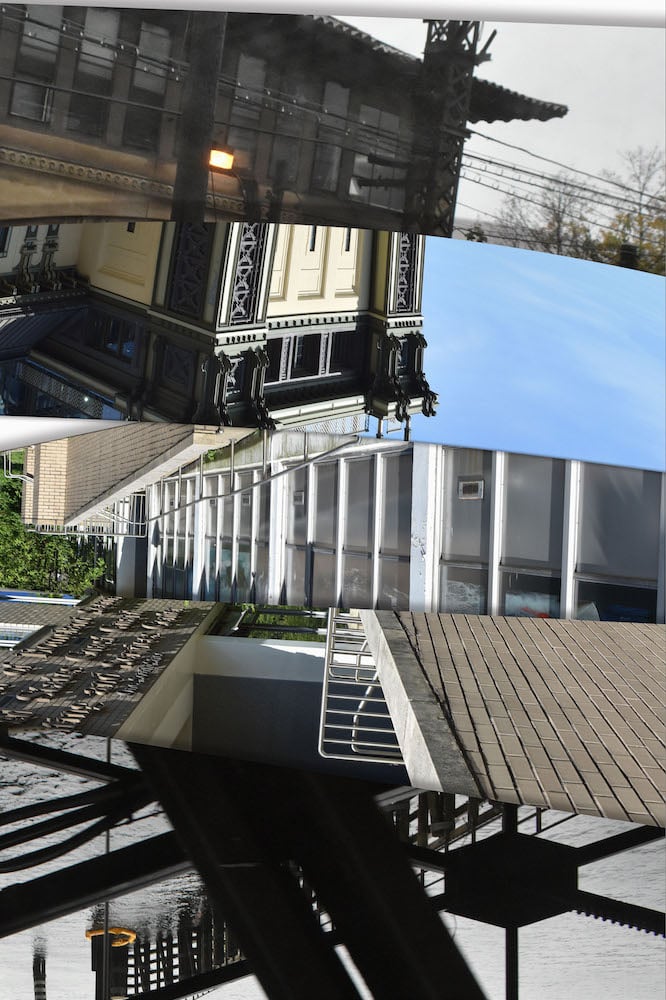 James Welling, “The Battery,” 2021; © James Welling, courtesy of the artist and David Zwirner.
James Welling, “The Battery,” 2021; © James Welling, courtesy of the artist and David Zwirner.
The Making of “Texture Photographs” and “Equidensity Photographs”
The “Texture Photographs” began indirectly from a concurrent project that used lithographic plates and ink. During the end-of-day cleanup, I discharged excess ink from my brayers on sheets of newsprint and I came to see these scraps as accidental abstract paintings. To make the “Texture Photographs” I scanned the most interesting newsprints and, in Photoshop, overlaid the scan atop a photograph of architecture or landscape. The “texture” layer created a mask that blocked parts of the underlying photograph below. In Staircase, Villa Savoye, a sheet of orange and blue texture erases the underlying architectural image.
The third and largest focus of “Thought Objects” is what I call “Equidensity Photographs.” In analog photography “equidensity” refers to a special process that combines positive and negative emulsions that equalize each emulsion, somewhat similar to solarization. In my “Equidensity” works I align a positive and negative digital image of the same subject, move the layers slightly out of register to produce a virtual bas relief image (Canna Lily). If I shift the film farther, a noisy, almost cartoon-like echo of the photograph emerges (Annunciation Priory). With every project I always see the subject I’m studying everywhere I look. I notice bas relief effects on sidewalks that resemble Canna Lily. A misregistered newspaper image reminds me of Annunciation Priory.
Equidensity techniques are subtly at play in all but a few “Thought Objects.” Two of the “Texture Photographs” contain subtle Equidensity effects and in some of the collages I used equidensity tools to produce a “frosted glass” texture. (The Salk Institute and 40 Linke Weinzeile). To experienced photographers, this frosted glass look indicates transgressive “over-sharpening” and is to be avoided.
WW: How do you decide on the size of your photographs?
JW: A year ago, Thomas Ruff and I were paired in a two-person exhibition at the Kunstmuseum in Bielefeld, Germany. The curator exhibited our works on the same walls, side by side—a gigantic Ruff next to a small Welling. When we parted at the train station after the opening, Ruff asked me if I would ever make a large photograph—large like a Ruff. When I began to prepare for this show I decided to take Ruff up on his challenge. I emailed him for advice on how to enlarge small files. He told me to add 10% noise to my files. That didn’t work, so I began a three-month exploration into up-rezing. The best advice I got from other photographers was to use expensive up-rezing programs. Instead, I decided to do it my way, a little transgressive, on what I remember from the bygone days of analog film.
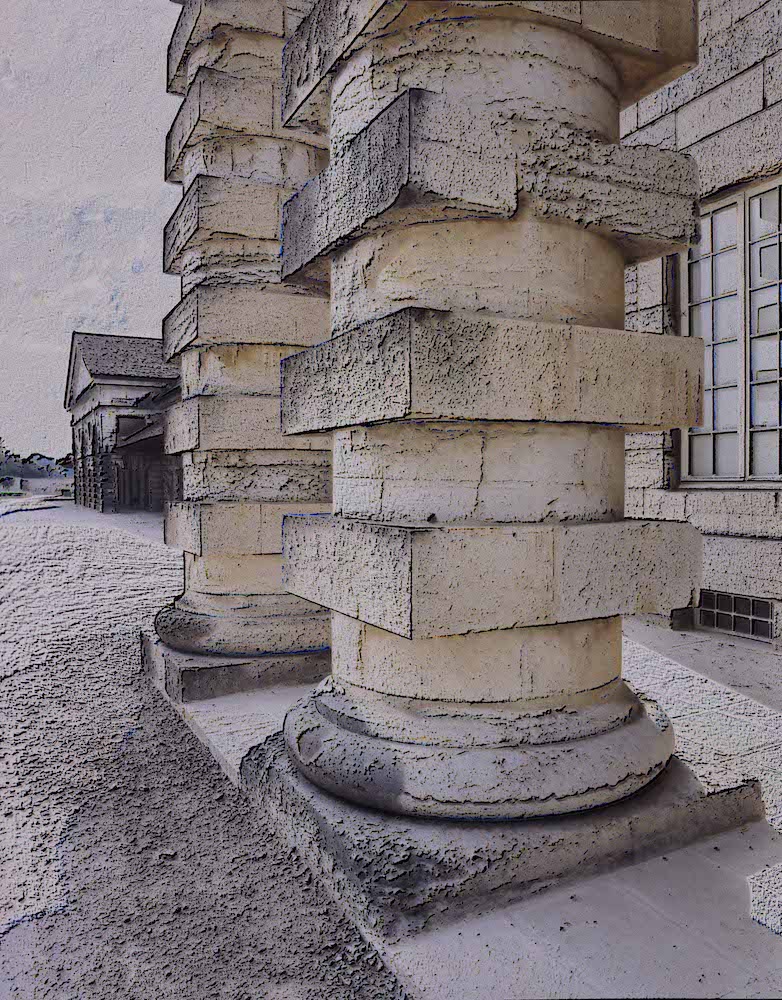 James Welling, “The Royal Salt-Works of Arc et Senans,” 1988/2023; © James Welling, courtesy of the artist and David Zwirner.
James Welling, “The Royal Salt-Works of Arc et Senans,” 1988/2023; © James Welling, courtesy of the artist and David Zwirner.
James Welling Explores Larger Photographs
As it turns out, the “Equidensity” tools I developed for “Thought Objects” are up-rezing tools. To make extra-large images you need to add “material” to the image. In analog that meant sandwiching a piece of exposed blank film grain with your negative and printing through it. You add information where there was no information, what in sound design is called “room tone,” the subtle volumetric sound of an empty room. In photography, room tone is “grain,” or what in the digital environment we now call “noise.”
Yesterday I watched my prints being photographed by the gallery photographer. He was using a large Hasselblad camera. We started talking and, in a few moments, he explained that the Hasselblad achieved its exceptionally high resolution by taking four images, each slightly misaligned, that the camera composited into a super high-resolution photograph—exactly what I’ve been doing manually with my misaligned “Equidensity” images but built into the software of the camera. In photography, resolution and file size are like volume and sound quality in music. Small cameras make small, monaural files, large cameras produce gigantic, quadraphonic files/sound. (This is also called “bit depth.”)
My affection for this nerdy stuff started with my father who worked for an offset printing company. From his professional eye, I learned to scrutinize images for quality and for imperfections and flaws. As a result, I feel preternaturally attuned to the physical and optical properties of printed material.
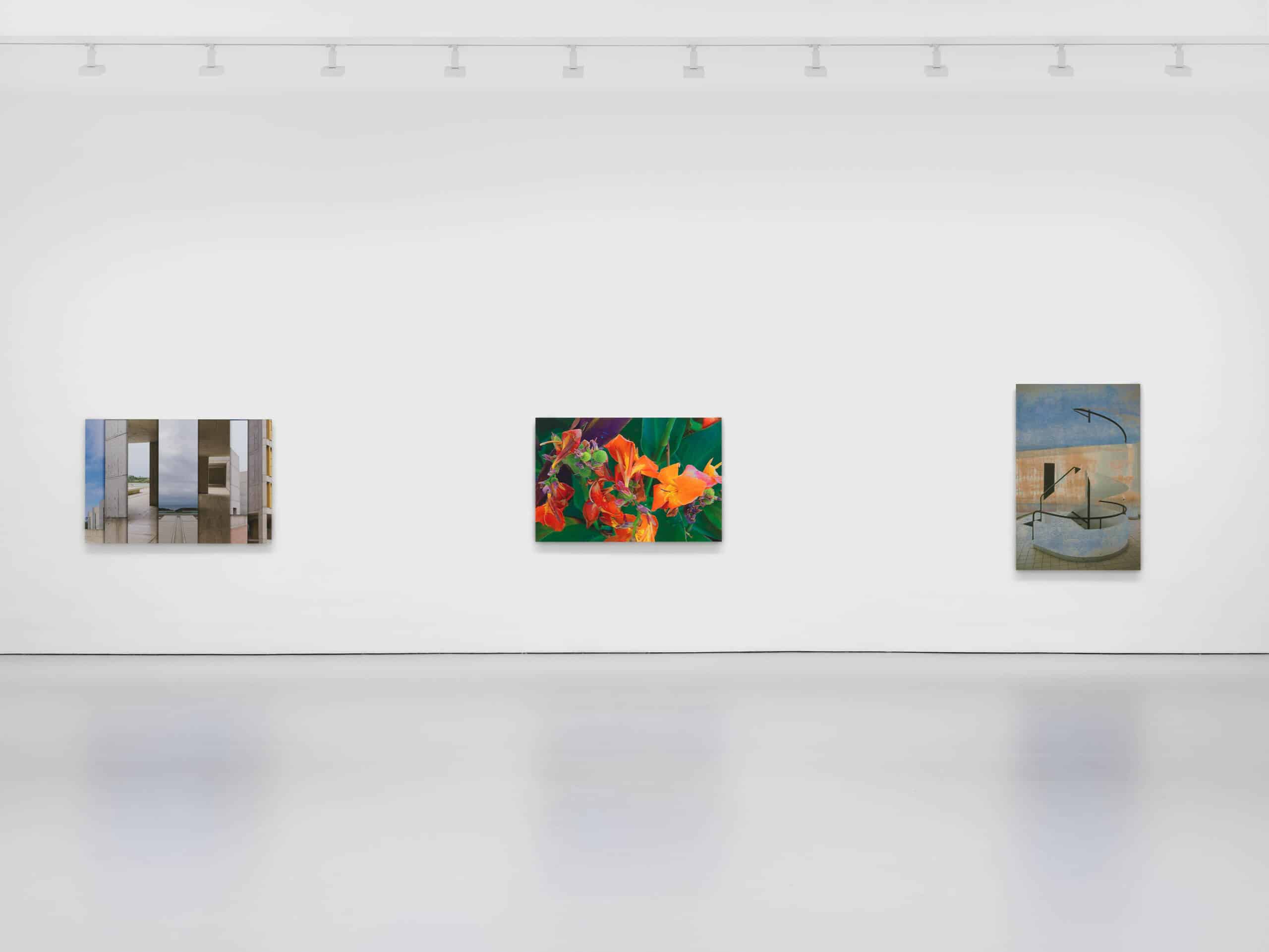 Installation view of “James Welling: Thought Objects” at David Zwirner, New York (January 11–February 10, 2024), courtesy of David Zwirner.
Installation view of “James Welling: Thought Objects” at David Zwirner, New York (January 11–February 10, 2024), courtesy of David Zwirner.
“The work hovers off the gallery wall,” — James Welling
WW: Do you feel nostalgia for the analog processes of photographic production, or do you enjoy and embrace the expanded capabilities of a photographer in this day and age?
JW: I’m not nostalgic about analog disappearing. I digitally modeled “Thought Objects” on analog processes just as Kodak and Fuji use digitally modeling tools—with infinitely more sophisticated protocols than me—to engineer new photographic film and paper. You could say digital, the child of analog, is rescuing its parent. What is more, analog lives on atavistically in digital processes as I have discovered making “Thought Objects.” Anyone serious about photography can recognize the atavistic afterlife that analog carves out in new digital products.
“Thought Objects” are printed on thin Dibond aluminum panels. The UV printing process is so named because an ultraviolet lamp follows the print head and instantly “cures” or hardens the ink with UV light. This prevents ink from smearing on the smooth Dibond. As such, the pigment sits on the substrate and UV prints look and feel slightly dimensional. If you run your finger over a UV print you can feel the thickness of the pigment. Inkjet prints, on the other hand, are perfectly flat to the touch as the pigment is absorbed into the porous paper. The minimal bas-relief surface of UV prints mimics the bas-relief effect in the “Equidensity” works. For “Thought Objects” I designed an invisible “frame” by adding an extra hefty cleat to the hanging hardware on the back. The work hovers off the gallery wall and this “float” underlines my interest in bas-relief.
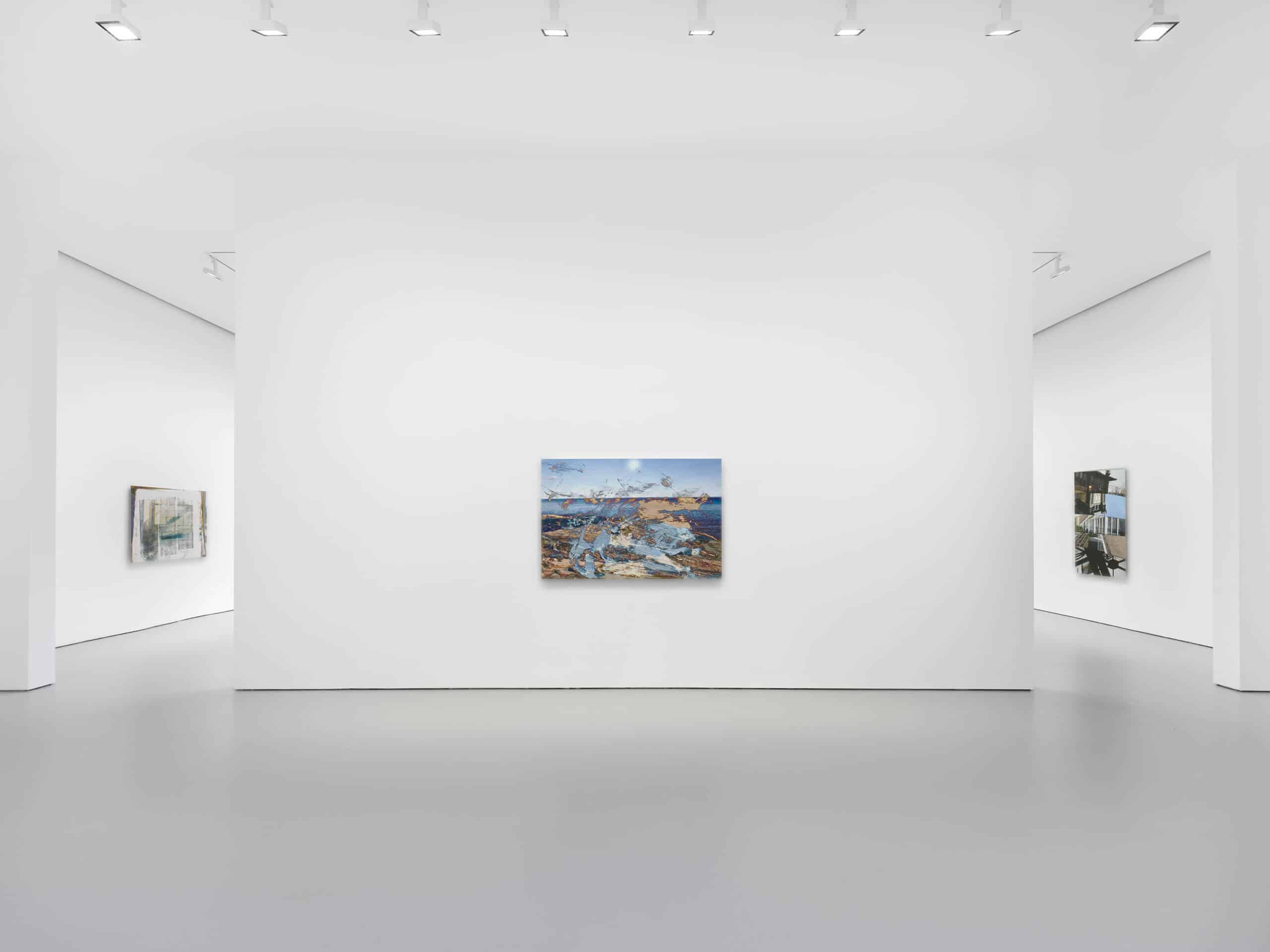 Installation view of “James Welling: Thought Objects” at David Zwirner, New York (January 11–February 10, 2024), courtesy of David Zwirner.
Installation view of “James Welling: Thought Objects” at David Zwirner, New York (January 11–February 10, 2024), courtesy of David Zwirner.






